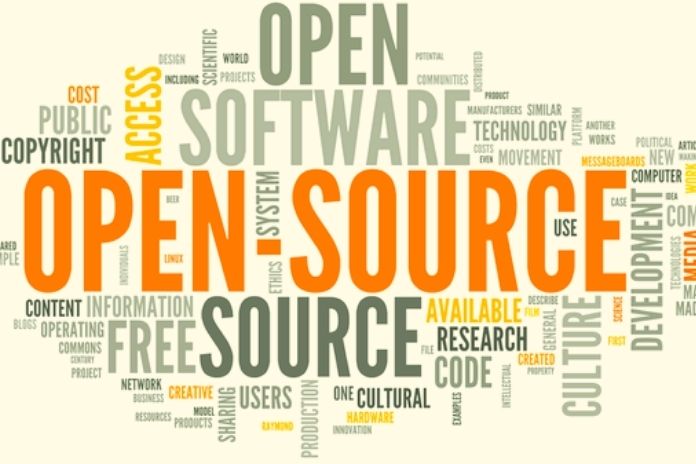In these fast-paced times, companies in every industry need to stay competitive. Understanding data through open source is the key to growth. The past year was marked by great changes. Covid-19 turned everyday life upside down – privately and professionally. Companies are facing a completely new situation. In the unpredictable upheaval, they have to adapt quickly and continuously to survive or grow even further.
Many entrepreneurs are currently looking longingly into the future and preparing for life after Covid-19. Central questions to prepare the company for the post-pandemic period are: What impact did the pandemic have on companies? How can companies be ahead of their competitors on the way to a “new normal”? Open source can help answer such questions.
85 Percent Of Companies Rely On Open Source
It’s no secret that growth-oriented companies rely on new strategies or technologies. Often, in search of competitive advantages and innovations, they opt for open source-based technologies. In the past year, more and more companies accepted open source. This is also confirmed by a recently published by Avian company developers. According to this, 85 percent of companies rely on this approach. According to a Tide lift study, due to the pandemic, almost half of the companies want to rely even more on open-source than before. What makes this approach so attractive in these uncertain times?
Open Source As The Engine Of Growth
Private individuals often do not know: Currently, almost everything around us is based on open source: mobile phones, household appliances, and cloud providers. So there is no need to reinvent the wheel. On the contrary: companies build on existing technology. As the name suggests, the software is characterized by being freely viewable and transparent – open. A decisive advantage for companies: This allows them to use and process their data, which means they remain independent of individual providers and products.
Open-source software is based on freely accessible source codes that the developers can use, adapt, and change. Licenses determine the conditions of use. According to the guidelines of the open-source initiative, the software must be freely usable, changeable and it must be possible to pass it on. In the latter case, generous (permissive) licenses are particularly important for companies. Because they allow entrepreneurial flexibility and adaptability through fewer restrictions, it is possible to act faster, experiment, and innovate together.
In addition, Amazon, Google, Intel, or Microsoft – to name just a few – ensure the further permanent development of services. The technology will therefore continue to lead the way in the future. These factors and advantages are crucial for companies to stay competitive, especially when hardly anyone knows exactly what the future will look like.
Orientation Through Data In Unpredictable Times
Data provides orientation, especially in unpredictable times. Instead of gut instinct, business leaders receive valid, reliable facts to make groundbreaking business decisions. And this is exactly where it helps: the open nature of the software means that external company data can supplement internal company data. Via API, companies can add financial or weather data and many other data of all kinds to their ongoing system in real-time and evaluate them.
This means that artificial intelligence and machine learning can also develop their potential more efficiently. Open source means that data sets and frameworks, work processes, and software models are accessible and can be used collaboratively. Further advantages: Due to the large number of employees who usually work on such projects, errors in the code are usually quickly identified, diagnosed, and corrected. This is a major reason why open source software is often considered more secure than proprietary software. Especially in digital transformation, it is crucial for rapid growth that security and flexibility go hand in hand.
Managed Open Source For Less Effort
However, using it has some challenges because open source is more difficult to implement than proprietary software. In contrast to proprietary software, open-source is usually not “plug and play.” The company often has to adapt such software solutions for its specific application. In addition, users have to take care of patches and updates independently and permanently.
This is because software codes were developed by the “community” for the “community.” This worldwide open source community indeed ensures innovation and constant improvement of the various projects. For companies that want to rely on open source and encounter difficulties in the process, there is no direct, centralized support available as a point of contact. Online instructions exist on forums, and individual people give advice and hints there. Still, the more individual and complex the problem, the more users, in this case, companies, are left to their own devices with their questions.
This is where managed open source comes into play. With fully managed environments, companies can reap the benefits – without being affected by the disadvantages – especially without taking responsibility for implementation, maintenance, and security. The managed version gives decision-makers all the advantages of this technology – including the possibility of fully exploiting the potential of real-time data and minimizing the associated costs.
ALSO READ: WiFi Security: 5 Tips To Reduce The Risks

